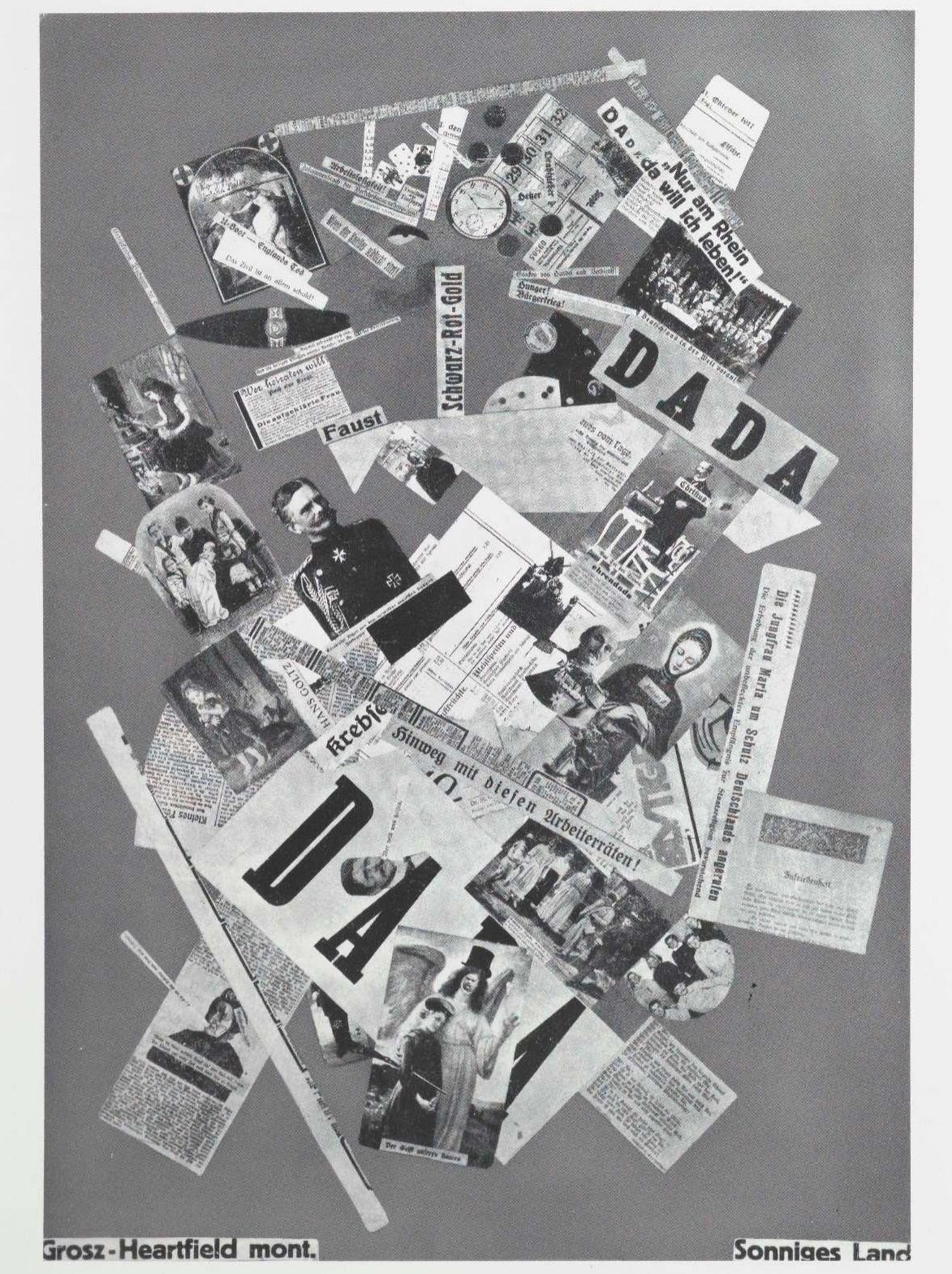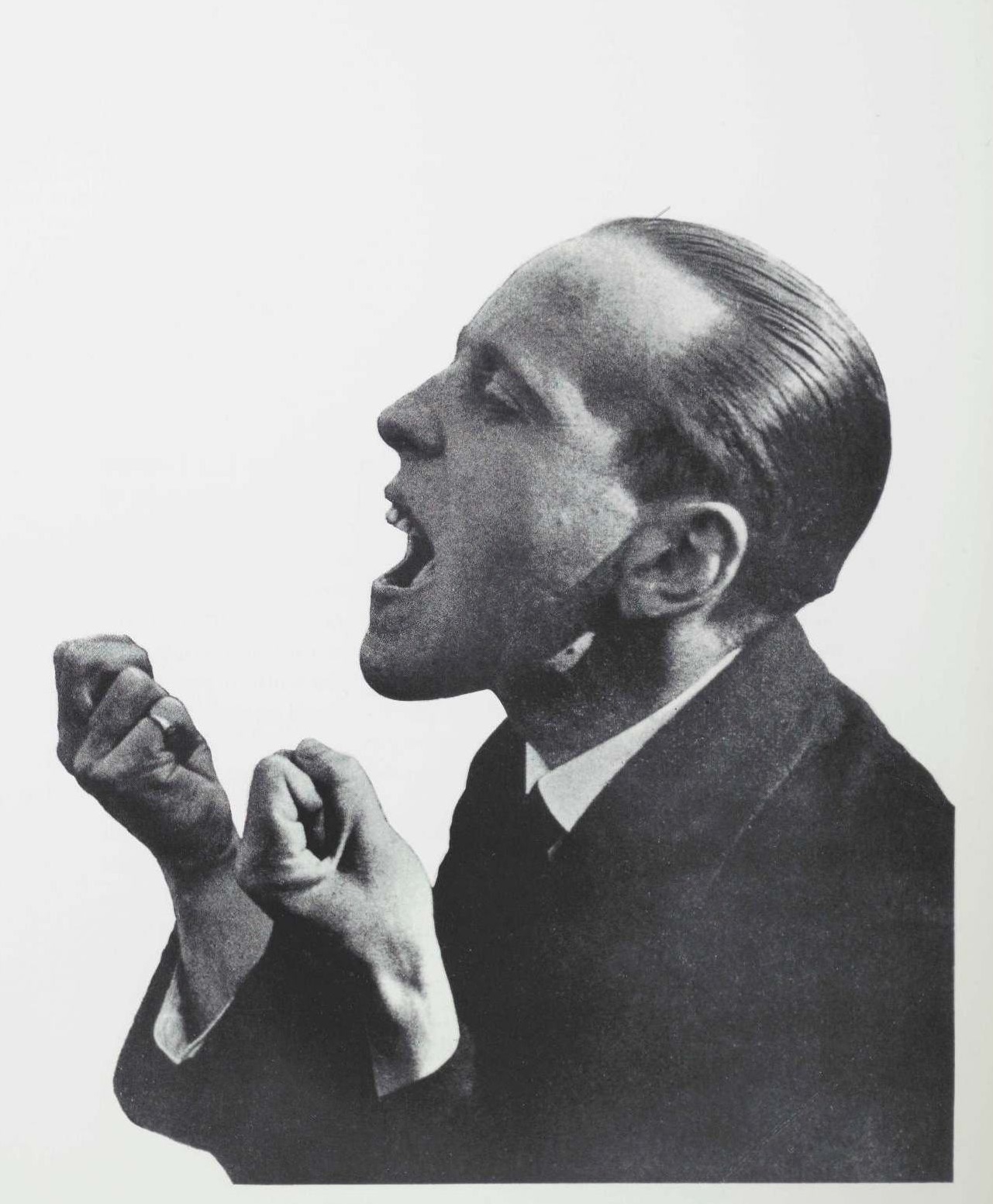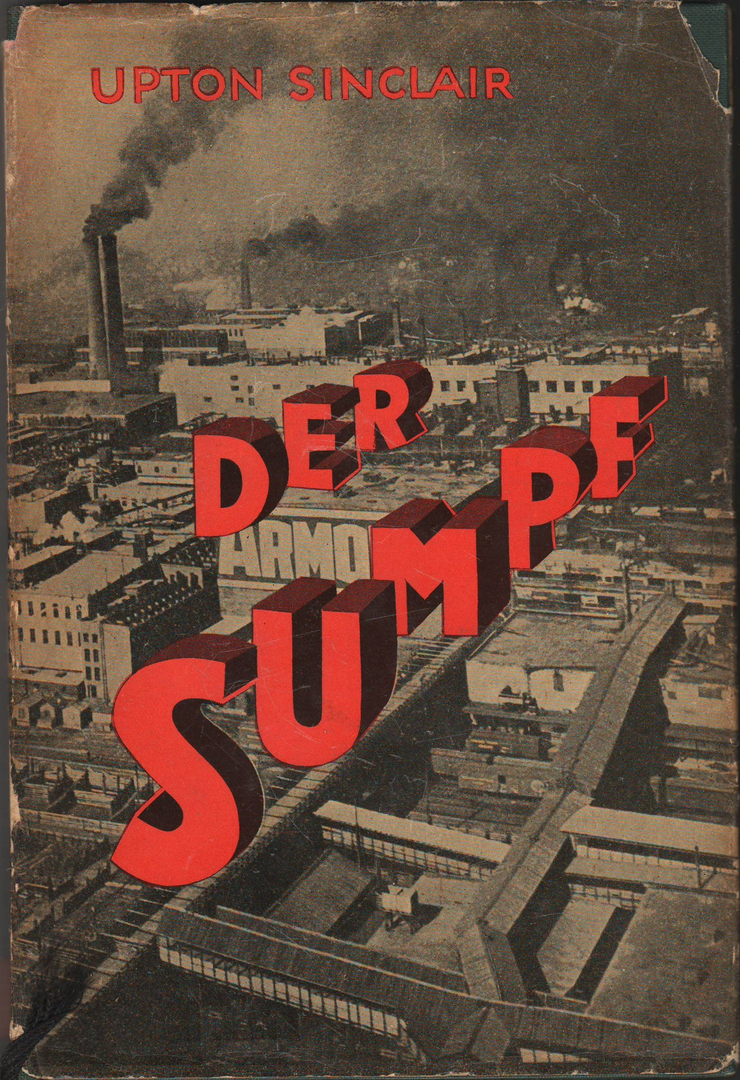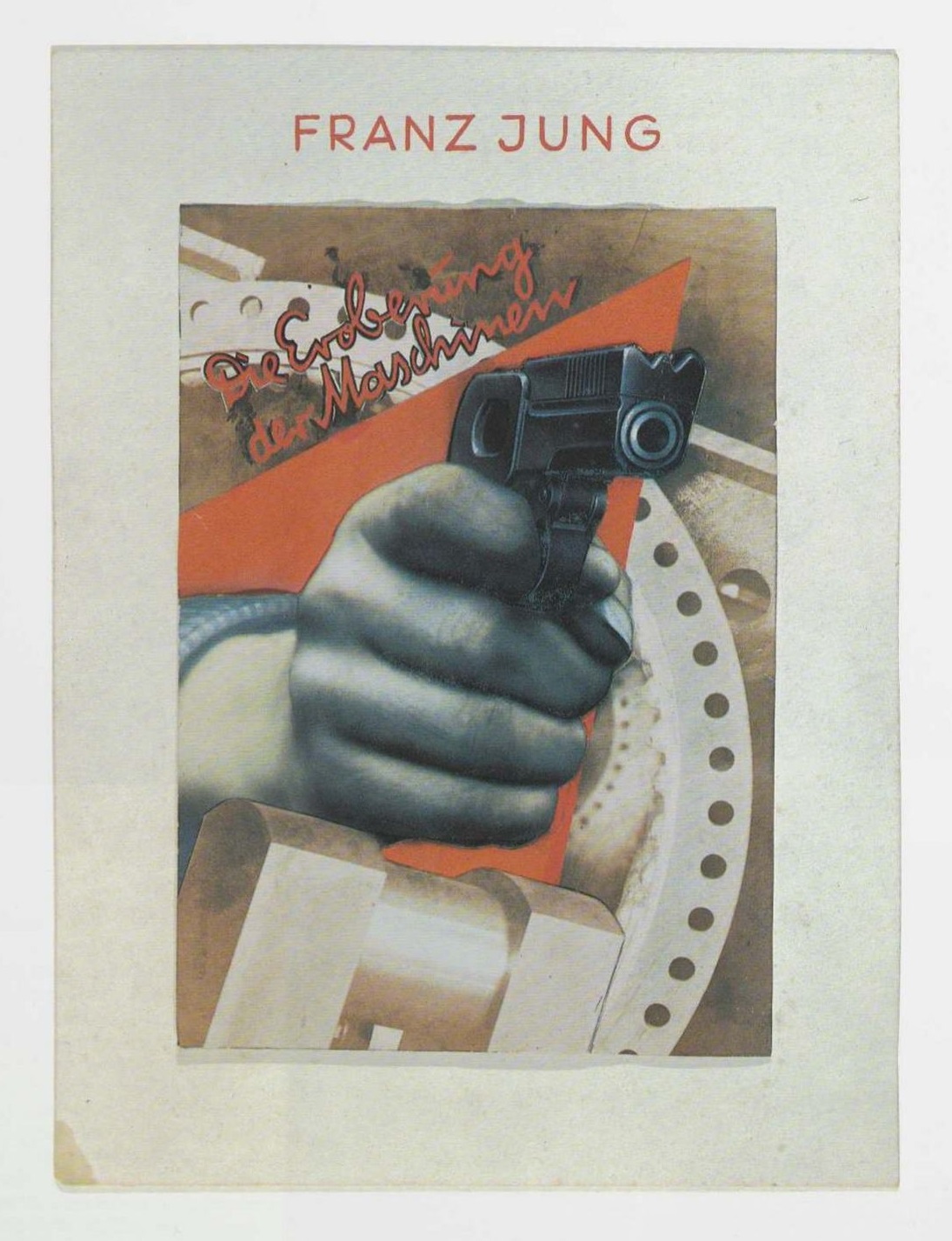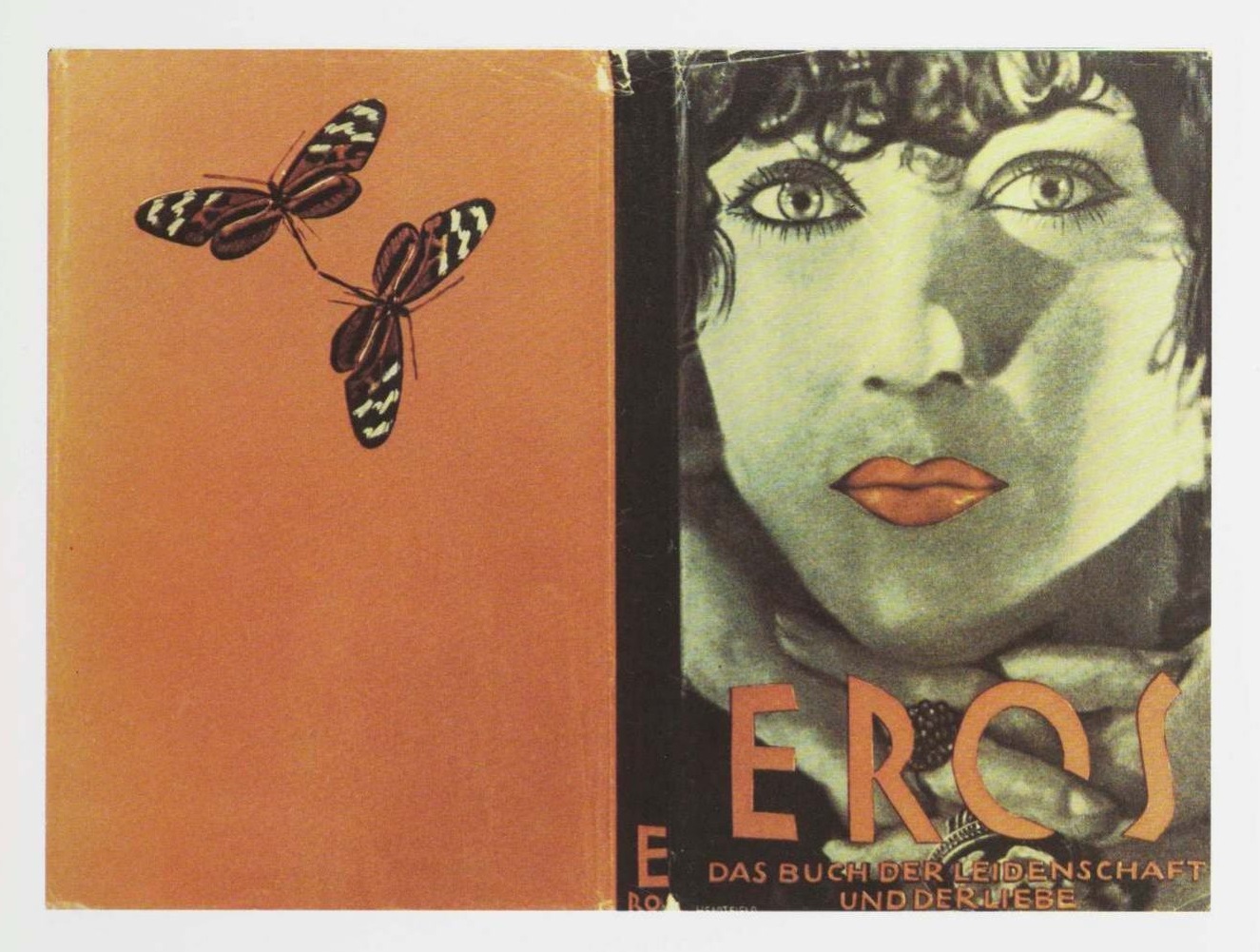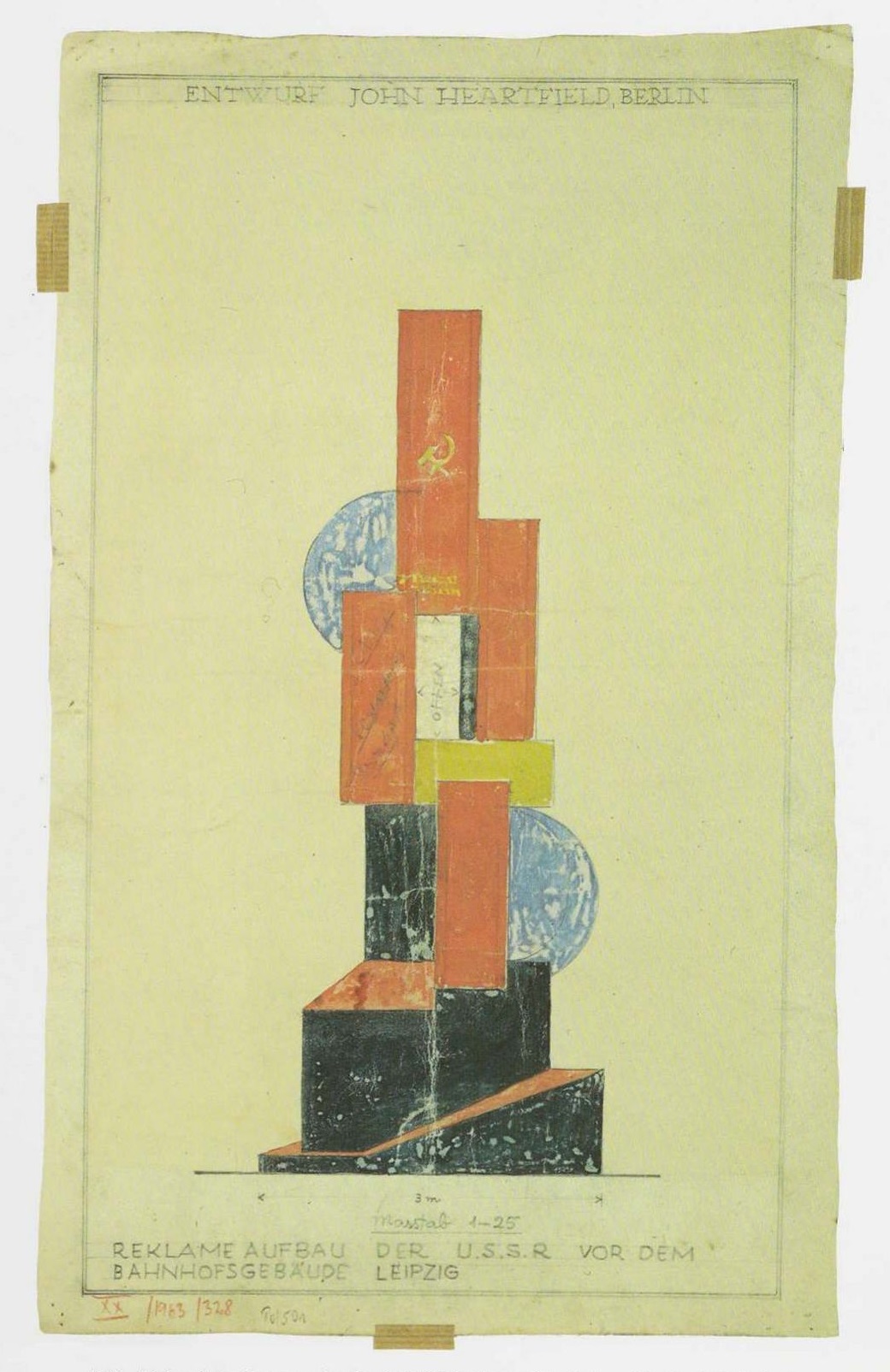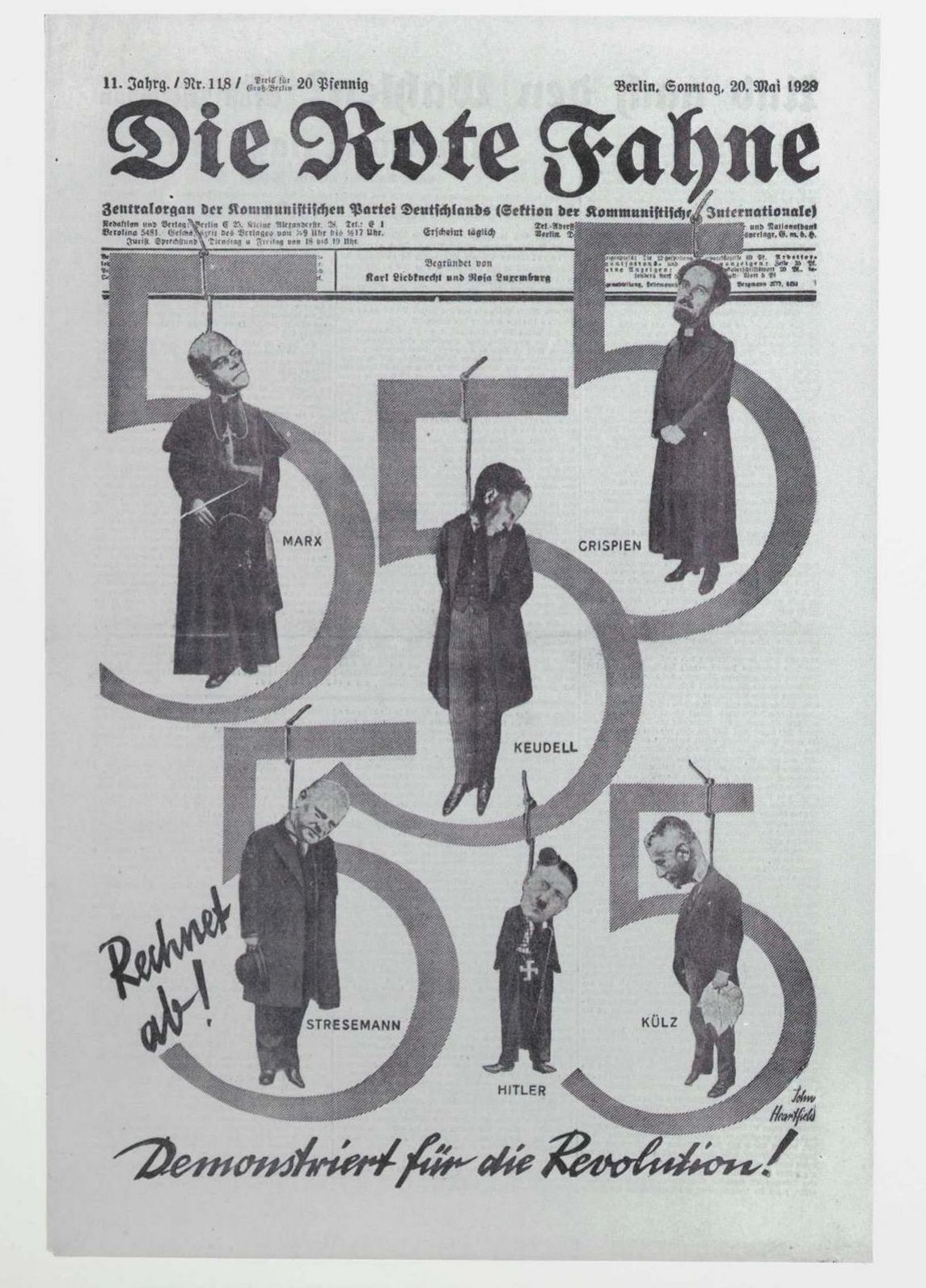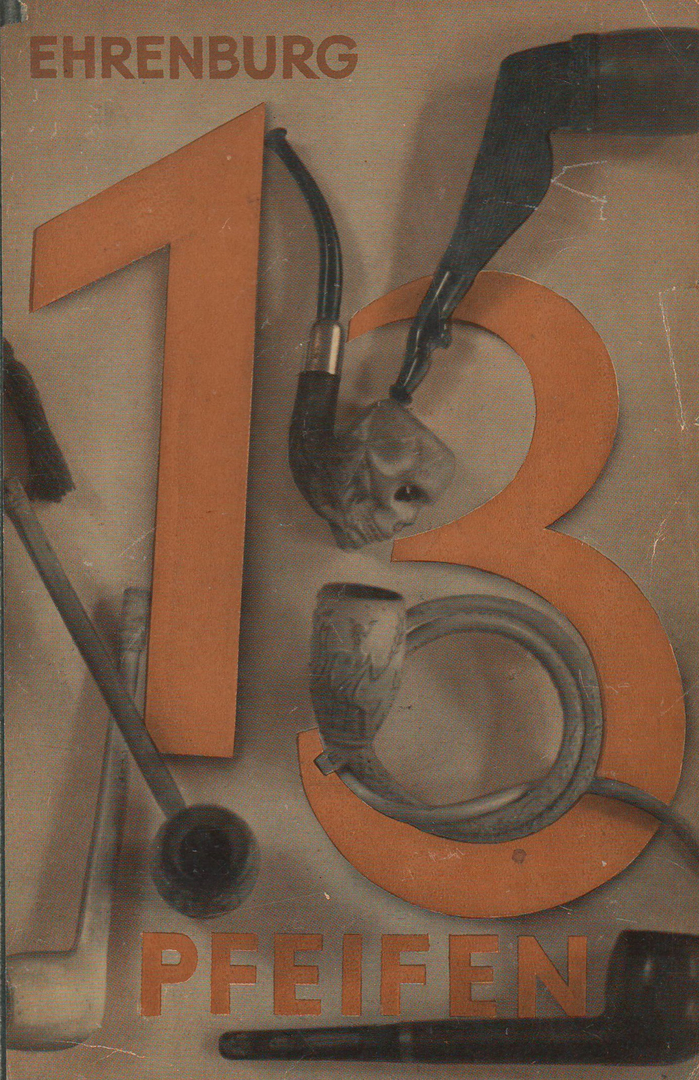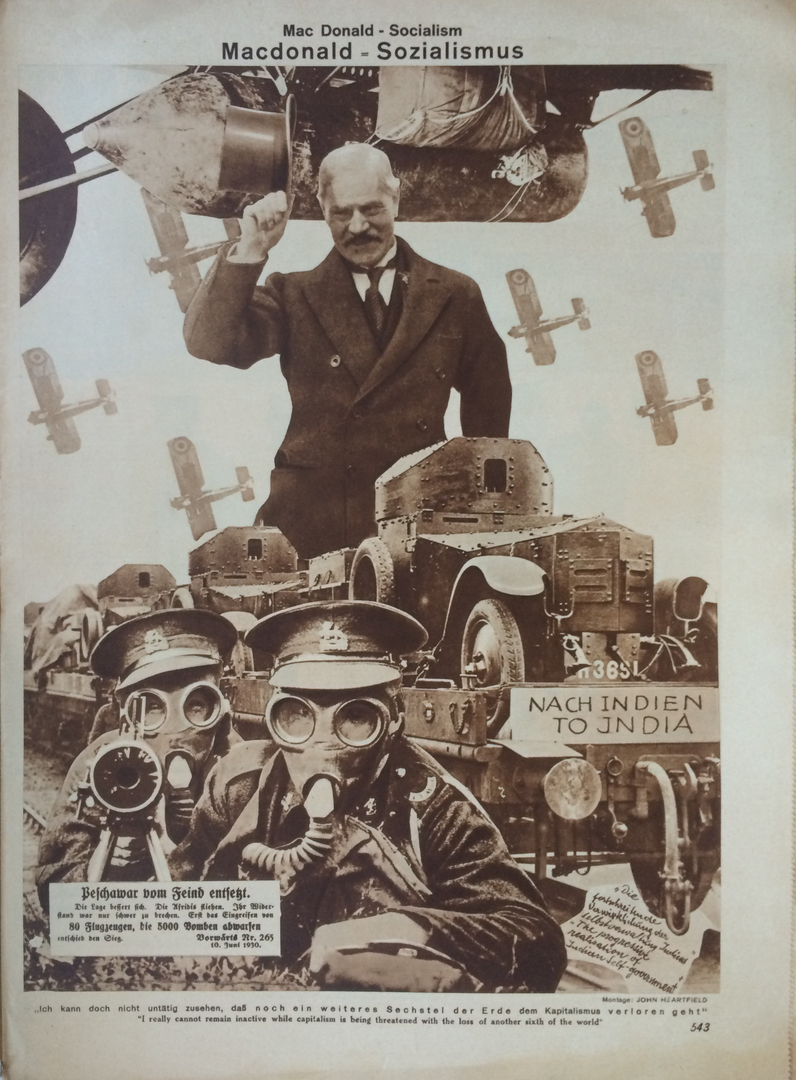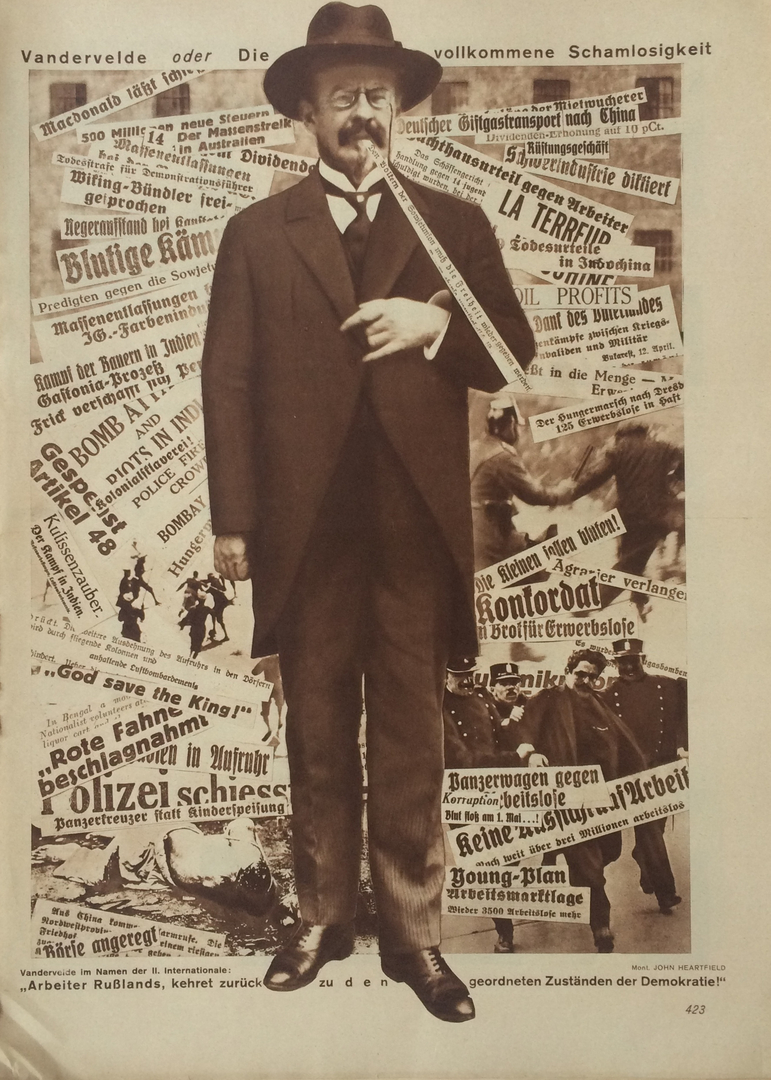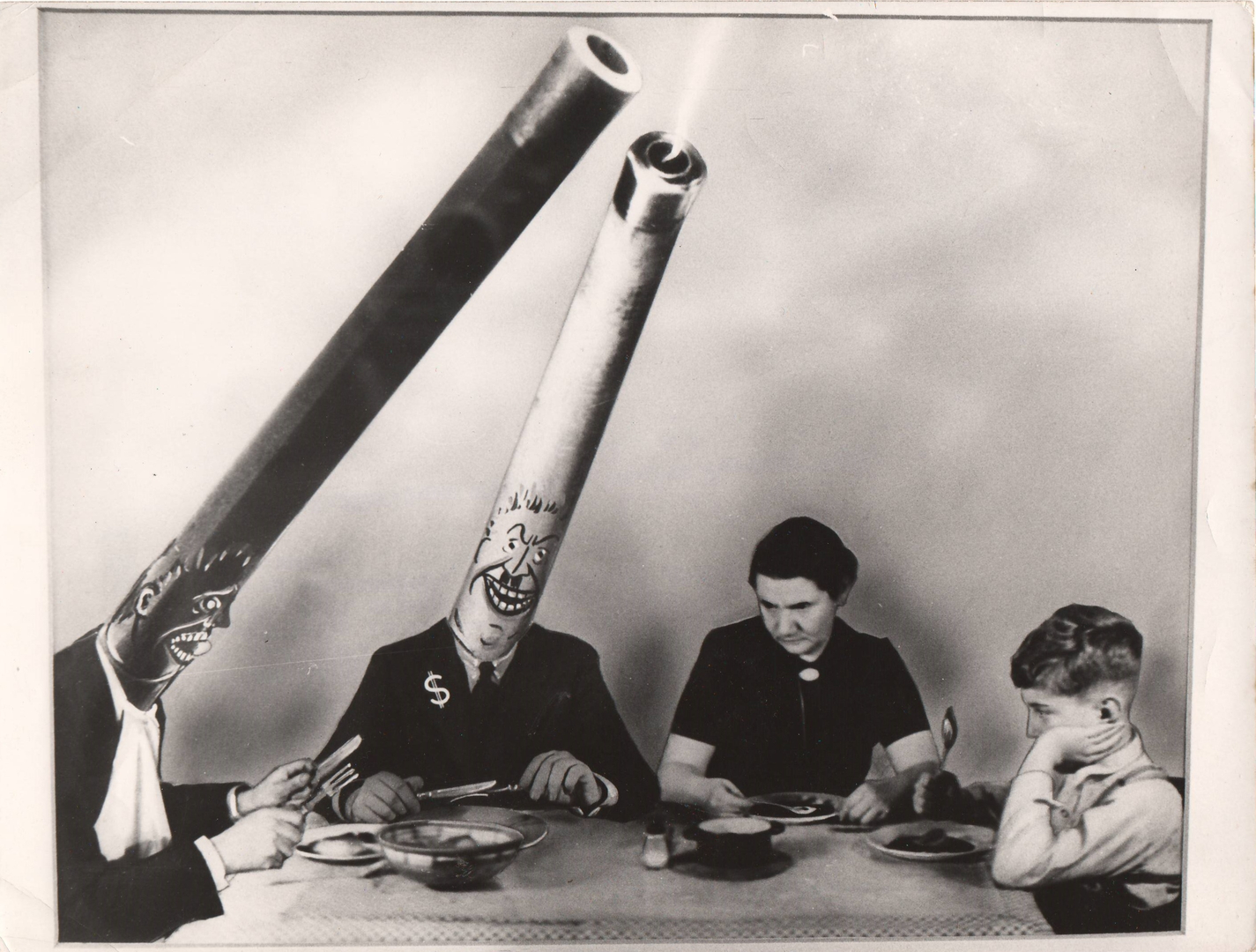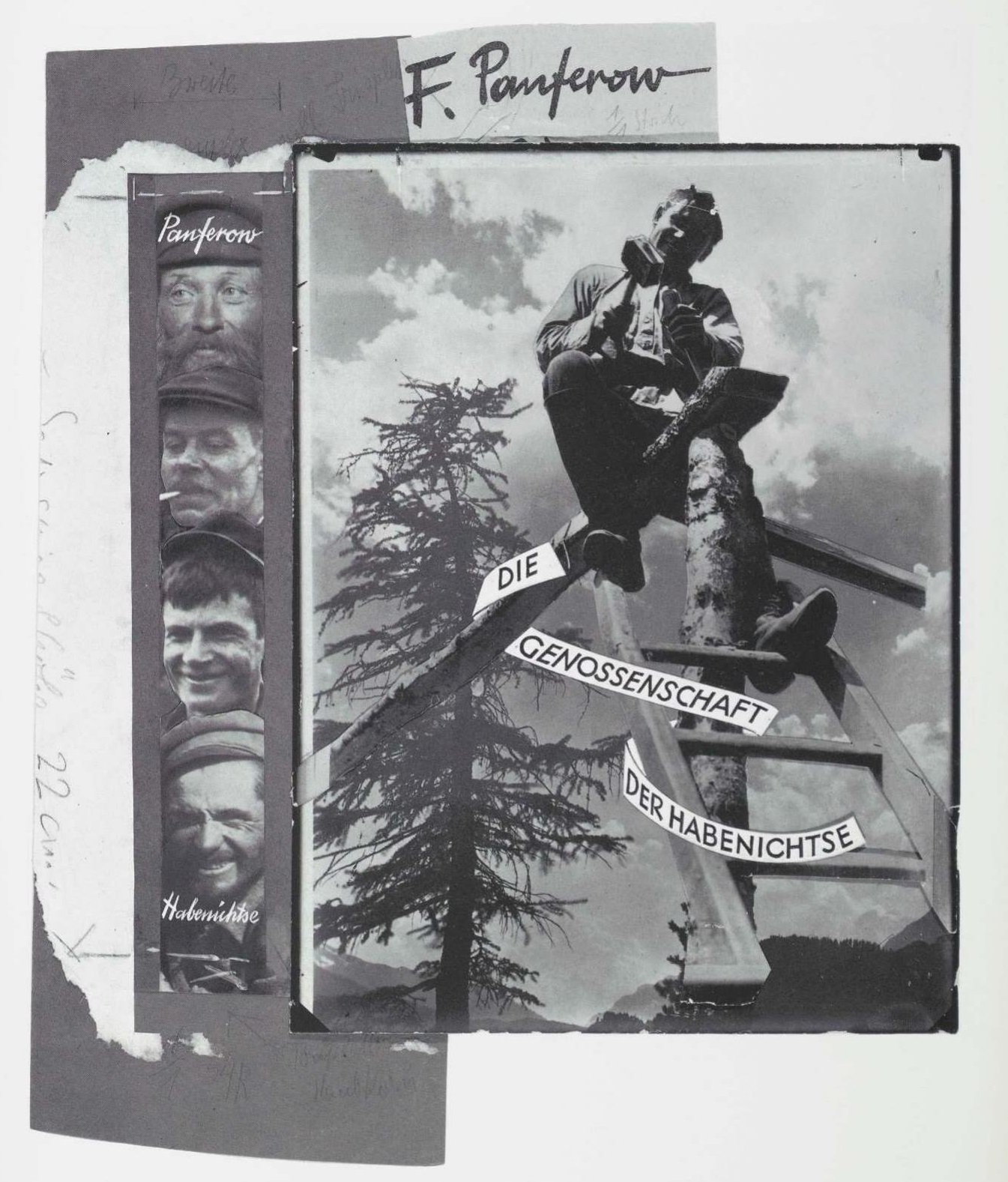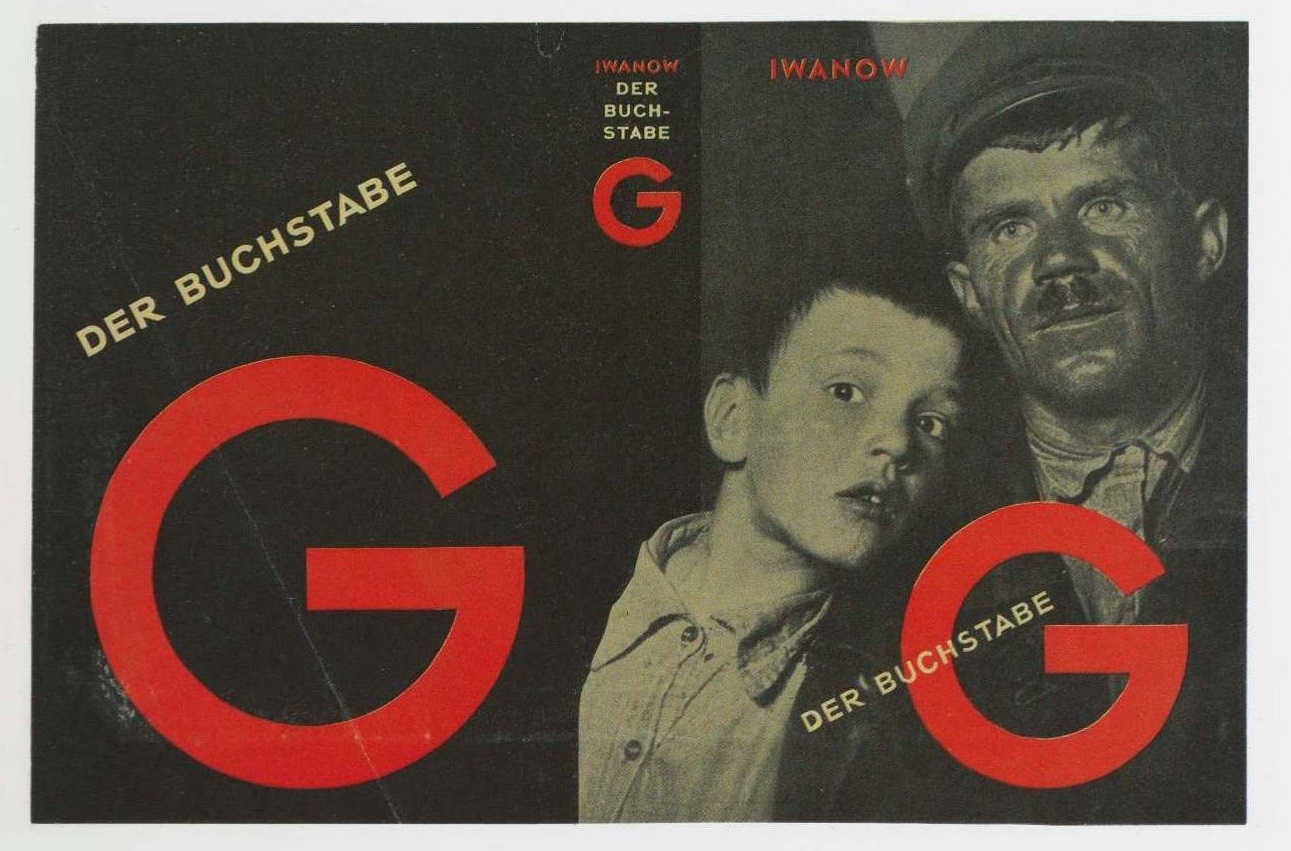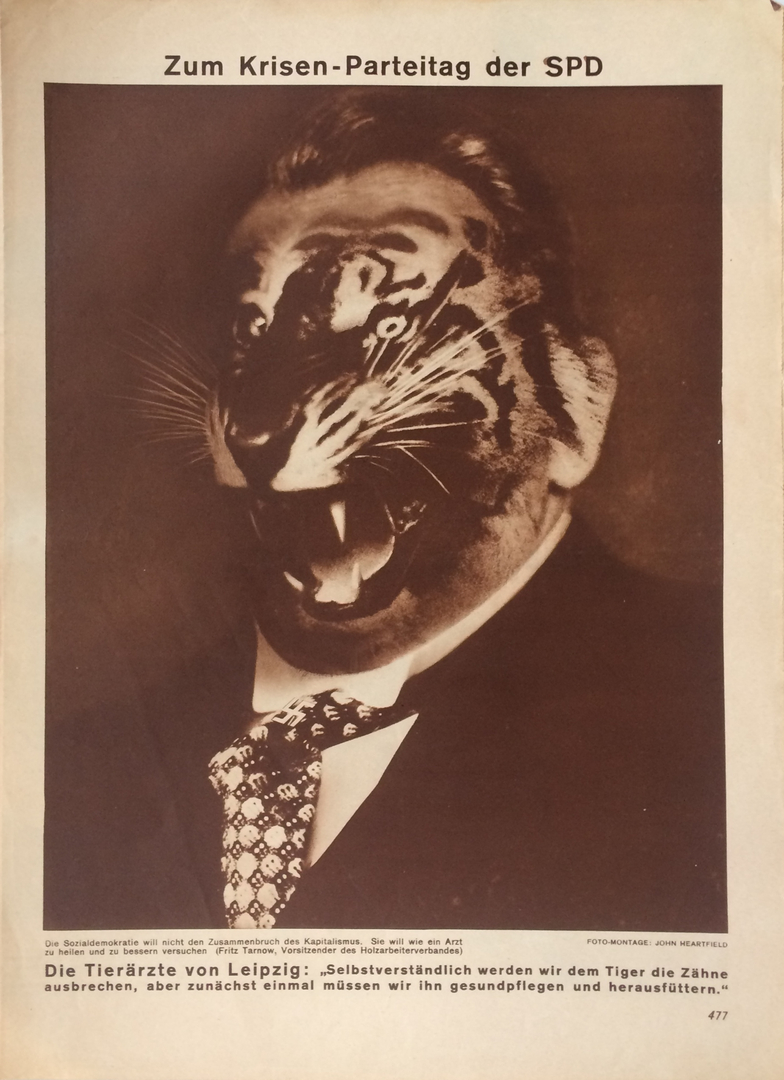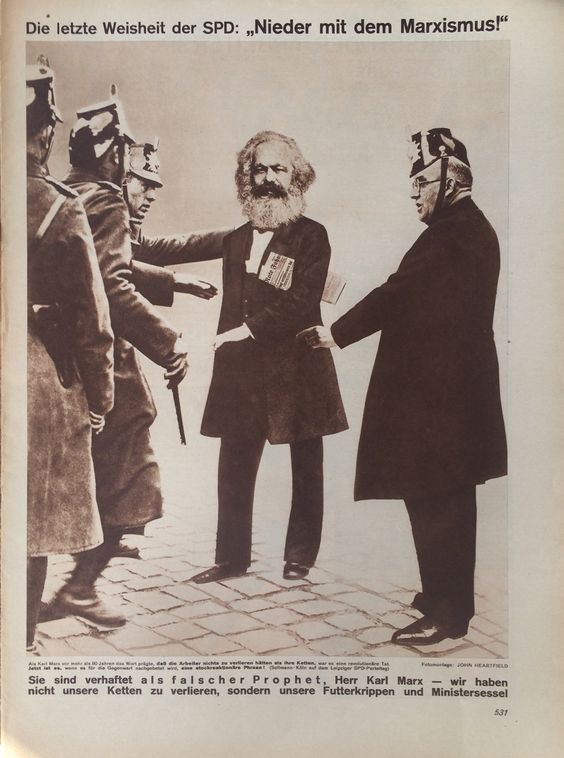John Heartfield (born Helmut Herzfeld; June 19, 1891 – April 26, 1968) was a notable German artist and pioneering figure in the field of photo-montage. His work, which was rooted in Dadaism, served as a powerful form of political protest against fascism, capitalism, and nationalism, particularly during the rise of the Nazi regime in Germany.
### Early Life and Personal Background
Heartfield was born in Berlin into a family of artists; his father was a Protestant and his mother was of Jewish descent. He studied art at several institutions, including the Hochschule für Bildende Kunst in Berlin. The early years of his career were influenced by the Dada movement, which sought to challenge traditional artistic forms and conventions, reflecting the chaos of the time, particularly during and after World War I.
In 1916, Heartfield adopted the pseudonym "John Heartfield" to avoid penalties for his anti-nationalist sentiments, which became pronounced during this tumultuous period. He later moved to Berlin, where he became actively involved in the avant-garde scene and collaborated with other artists, including Kurt Schwitters and George Grosz.
### Art Style and Techniques
Heartfield is best known for his innovative use of photo-montage, a technique that involves cutting and pasting photographs and other visual elements to create new images that deliver powerful political messages. His work combined photographs with typography, creating bold, striking visuals intended to provoke thought and inspire action against oppressive ideologies.
Heartfield’s style is characterized by sharp contrasts, dramatic juxtapositions, and a belief that art could be a tool for social change. He often integrated humor and satire into his work, using visual metaphors to critique society's political landscape—particularly the rise of fascism in Germany.
### Significant Artworks
Some of Heartfield's most significant artworks include:
1. **"The Fiery Angel" (1923)** - This piece critiques the political and social conditions of the time, illustrating the prevalence of militarism and the manipulative power of the media.
2. **"Adolf, the Superman: Swallows Gold" (1932)** - A scathingly satirical work that depicts Adolf Hitler as a gluttonous figure, emphasizing the exploitation and greed of the Nazi Party.
3. **"The German Nation: Against the Spirit of the 20th Century" (1934)** - A powerful condemnation of nationalism and fascism, exemplifying Heartfield's relentless critique of the political situation in Germany.
4. **"They Are Coming!" (1933)** - One of his most infamous pieces, this work uses stark imagery to warn the public about the impending rise of Nazism and the dangers it posed to society.
### Impact and Historical Context
Heartfield emigrated to Czechoslovakia in 1938 to escape the growing threat of the Nazi regime and later settled in England. His artworks effectively fueled anti-fascist sentiment during a time when many were indifferent to the rising tide of totalitarianism. He continued to create politically charged art throughout his life, collaborating with various publications and artists.
In addition to his visual art, Heartfield wrote essays and articles advocating for political change, emphasizing the social responsibilities of artists and the role of art as a means of resistance.
### Later Life and Legacy
After World War II, Heartfield returned to East Germany, where he became an influential figure in the cultural landscape. He continued to create art until his death in 1968, and his legacy endures as a precursor to modern political art and photojournalism.
John Heartfield is remembered not only for his pioneering techniques in photo-montage but also for the bold political statements encapsulated in his work, demonstrating the integral relationship between art and societal issues. His ability to blend art with activism has inspired countless artists who seek to engage with their social and political environments through visual media.
More From John Heartfield
